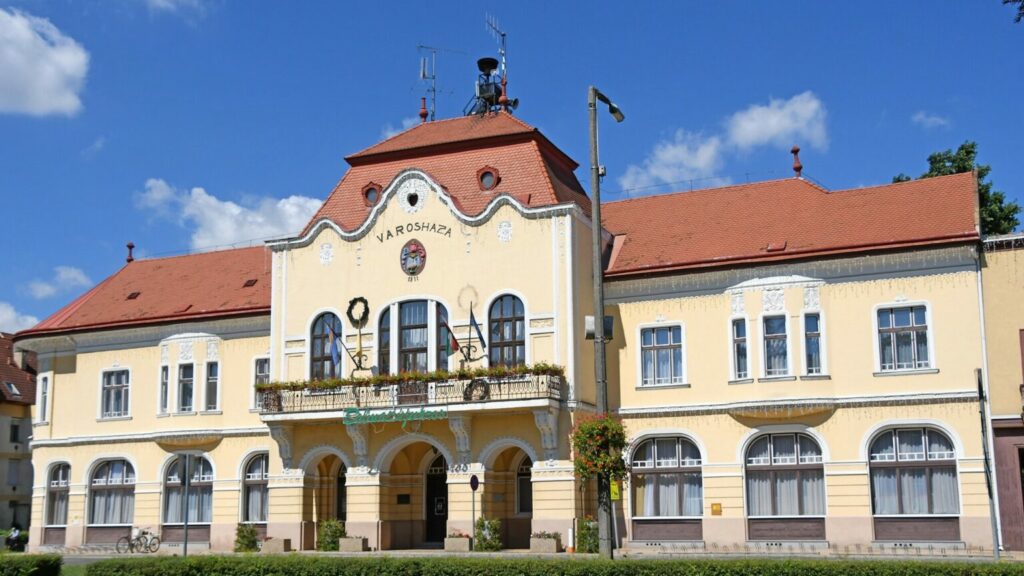The https://english.atlatszo.hu use cookies to track and profile customers such as action tags and pixel tracking on our website to assist our marketing. On our website we use technical, analytical, marketing and preference cookies. These are necessary for our site to work properly and to give us inforamation about how our site is used. See Cookies Policy
Hungary sees steady increase in the number of female mayors
The local elections held at the beginning of June have been mostly about the results of the governing party and its challengers, but it is worth looking at the issue from other angles. We looked at how many female mayors were elected this year and how the number has changed since 2010.
As the mayor is the head of the municipal government and the representative body’s chairman, it is an extremely important position. The figures for female mayors have been compiled from the data series available on the National Election Office (NEC) website.

In this year’s municipal elections, 789 female mayors were elected.
Of these, 528 municipalities already had a female mayor, 268 women were elected as challengers to the incumbent male mayor, and 151 women were removed from their office by the residents.
The map below shows the changes. Two large, almost completely contiguous coloured areas appear at first glance, and very close together. Balmazújváros in Hajdú-Bihar county, and Hajdúböszörmény, Hajdúnánás, Tiszavasvári and Tiszalök to the north of it, all replaced their male mayors with women this year.
The southern neighbour of Balmazújváros, Nagyhegyes, and the surrounding settlements of Ebes, Nádudvar, Kaba, Tetétlen and Földes (Hajdú-Bihar county), as well as Nagyiván and Kunmadaras (Jász-Nagykun-Szolnok county) all had a female mayor in 2019 and again this year.
Hungary has 3177 municipalities and the same number of mayors. The 789 women elected this year represent almost 25 per cent (24.83%) of all mayors or almost a quarter. In the previous municipal elections in 2019, 679 women won mayoral seats, representing 21.37% of the total.
So in 2024, about a quarter of all mayors will be female,
five years ago, they represented just over a fifth of the total. This is a fairly large increase compared to previous figures.
In 2010, only 575 women mayors were elected, 18.1 percent of the total. In 2014, 642 women won mayoral elections, representing 20.21 percent of the total. That is, the number of women mayors has increased by 214 in 14 years, and their share of the total has increased by 6.73 percent.
Two other indicators have also increased since 2010: more and more female mayors have replaced their male counterparts each year (except in 2014), and more and more settlements have retained a female mayor.
The number of female mayors replaced has followed a hectic trend: it decreased in 2014, increased again in 2019, but reversed in 2024, with fewer female mayors replacing male ones this year than before.
Of course, we cannot draw political conclusions from the data, because (normally) people do not vote for a mayor because it is a woman or a man, but because of his or her activities. If they do their job well, they will be re-elected, if not, they will be replaced.
Translated by Zita Szopkó. The original, Hungarian version of this story was written by Katalin Erdélyi and can be found here. Data visualisation by Krisztián Szabó.


